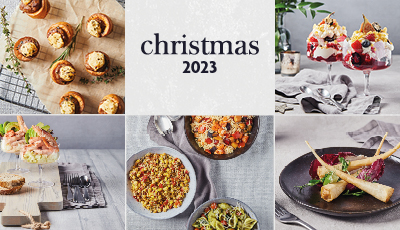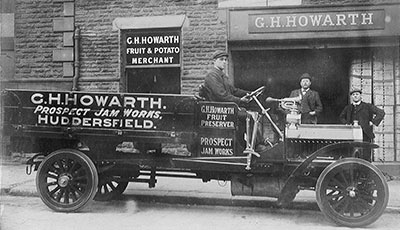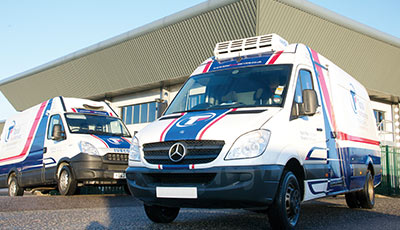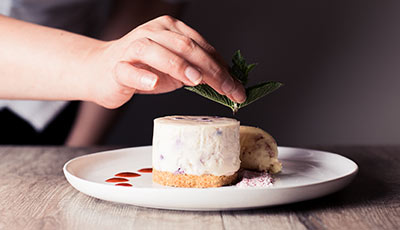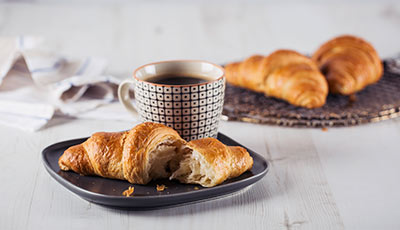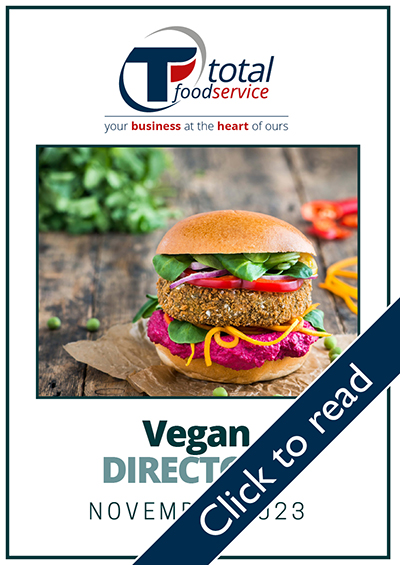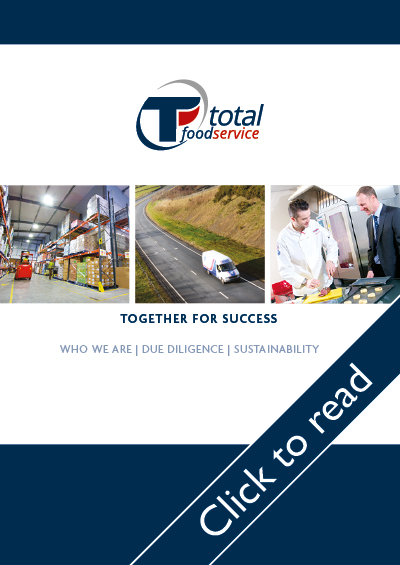Busting the Myths of Frozen Vegetables
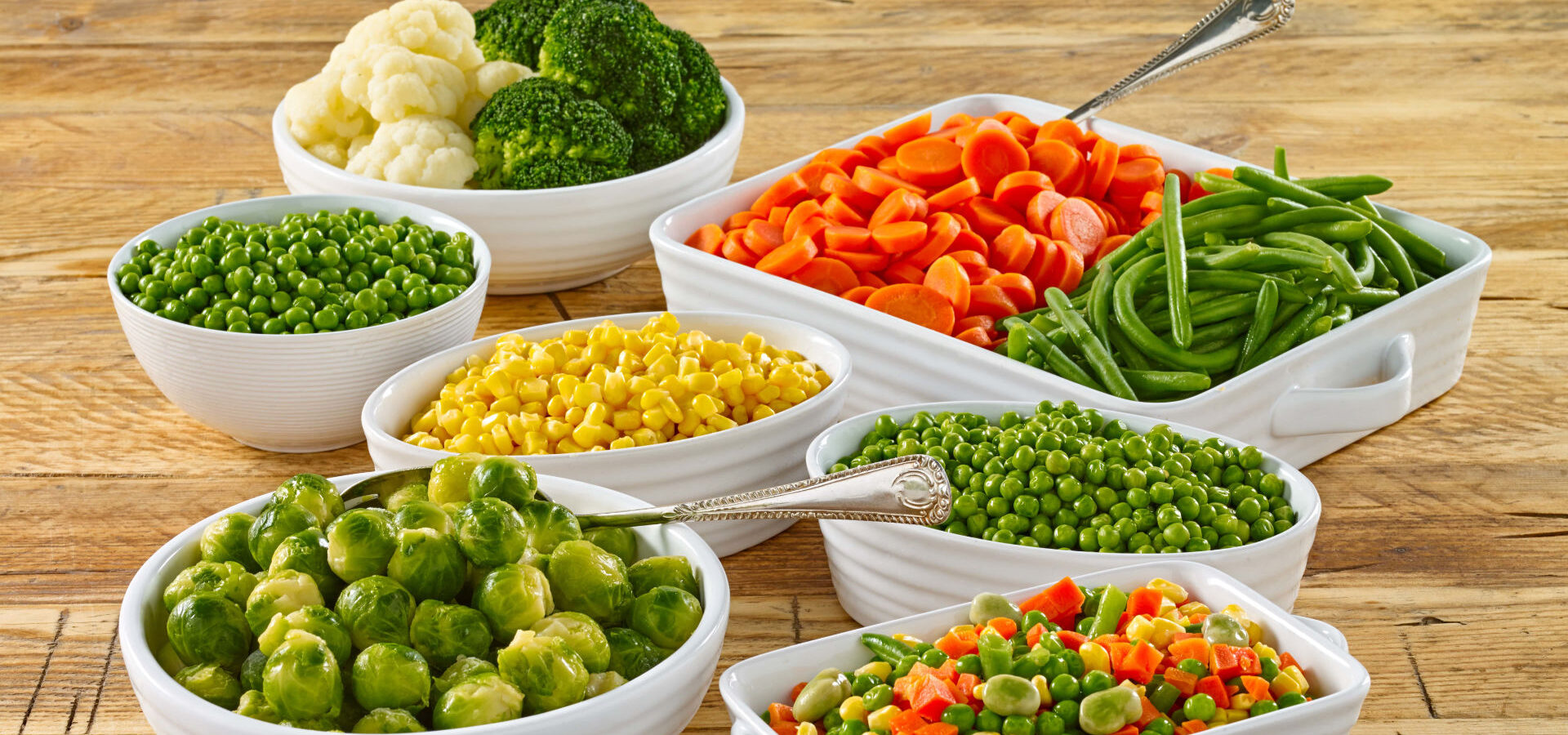
Somewhere along the way, frozen vegetables got a bad rep. Well, all vegetables apart from maybe peas, which almost everyone keeps in their freezer for more than just eating (any bump, peas will sort!). But really, this preconceived idea that frozen vegetables are any less nutritious for you than fresh, is complete nonsense.
Frozen vegetables are almost like-for-like packed with just as much goodness as fresh. This is because they’re frozen at the optimum time, when they’re at their peak ripeness, locking in all the nutrients.
Vegetables are ‘quick-frozen’, a technique created by the captain himself, Clarence Birdseye. Way back in the 1920s, Birdseye decided to copy the Inuits in Alaska, who preserved their fish by freezing them quickly, which avoided large crystals from forming and damaging the cells and taste of the food.
Vegetables are between 70%-80% water, and once harvested, rapidly lose moisture. By quick-freezing vegetables it locks in the goodness and stops them from becoming soggy when thawed.
Nowadays, some vegetables are blanched just before freezing them, locking in goodness and killing any bad enzymes and bacteria. There are no chemicals involved, and there shouldn’t be anything added. If you do find added sugar, salt or preservatives, you’re buying the wrong frozen vegetables.
Why are they great for caterers? Well, they have a much longer shelf life, and in most cases, they’re cheaper. Fresh is great when it’s in season but in the UK, we’re only blessed with a short period of sunshine, and microclimates are hard to come by…
You can use frozen vegetables for so many different things, soups, risottos, mash alternatives, roasting, casseroles. Depending what you use them for will affect how you cook them. Steaming is always good and if you roast them, do so at a hot temperature, at least 200 degrees celsius, as this will help capture any excess moisture (just in case Birdseye’s technique has failed).
To give you a headstart on how best to use your frozen vegetables, here are a few ideas:
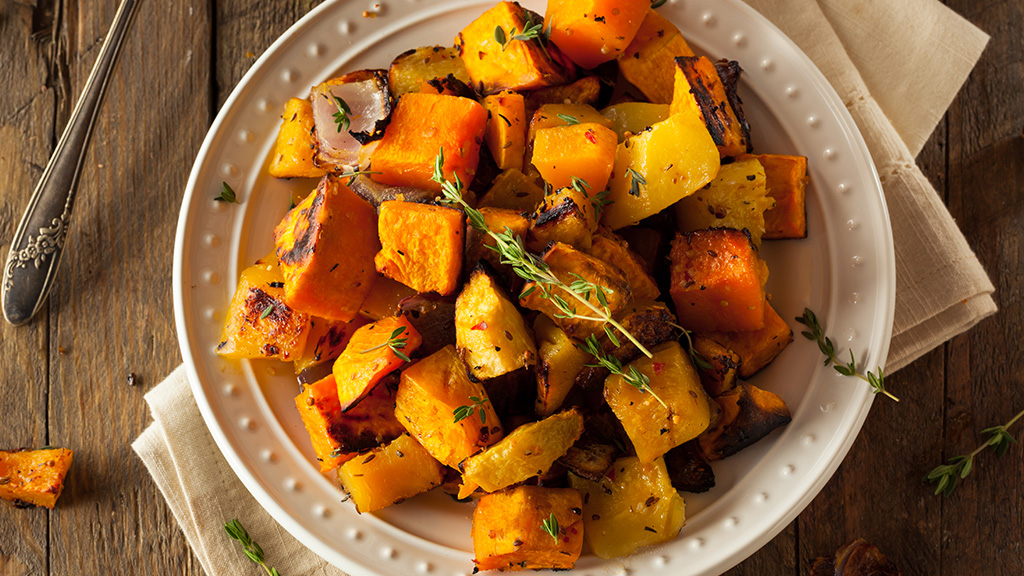
Roasted Root Vegetables with Fresh Herbs
Fill a baking tray with an array of your favourite root veg; butternut squash, carrots, parsnips. Drizzle a good amount of olive oil on top, season with salt and pepper, drizzle a little honey and then add a few stems of fresh thyme.
Roast at 200 degrees for 20-30 minutes, or until lightly charred.
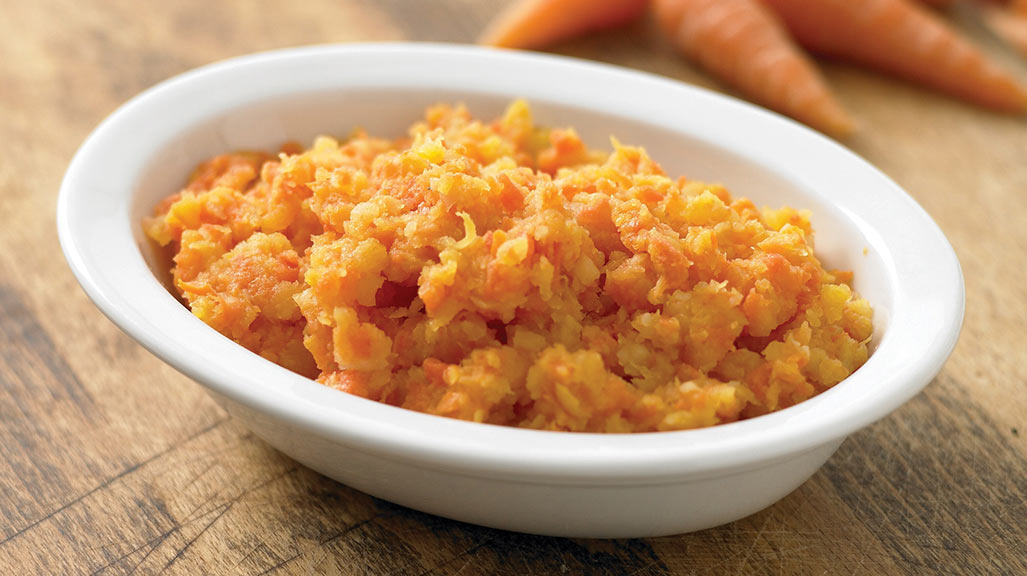
Parsnip and Carrot Mash
Take equal amounts of carrots and parsnips and steam or boil them until soft. Add to a large bowl and mash with a little butter, a pinch of cumin, salt and pepper (maybe a dash of cream if you have it or yoghurt to keep it healthier) and mash. This shouldn’t be super smooth like mash potato.
You could go one step further and place it into an ovenproof dish, sprinkle with parmesan and bake in the oven.

Paella
When making a paella, the main vegetables are peas, onions, and sometimes peppers. All of which you can find frozen and chopped – time saved instantly.
The onions you’ll want to add in at the beginning but keep the peppers and peas until 10 minutes before the end, giving them just enough time to cook through but not go mushy.

Cannellini bean and spinach mash
Another great alternative to a traditional mash and delicious served alongside white fish. Blend a tin of drained cannellini beans (about 220g), with the juice of half a lemon, one clove of garlic, salt and pepper, and a handful of thawed frozen spinach. Once smooth, season to taste (add cream or butter if that’s your style), and warm through before serving – this makes about two servings.
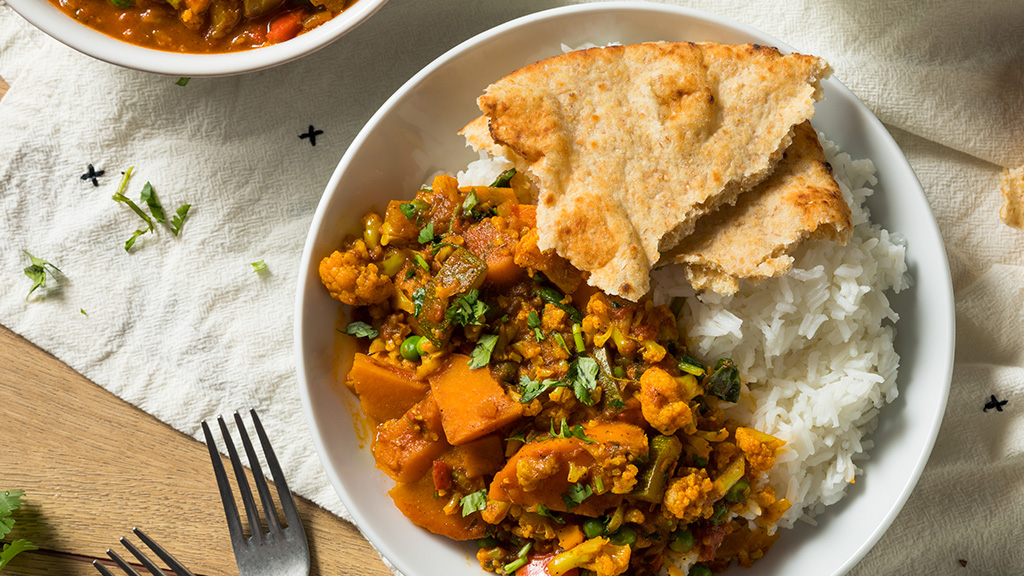
Vegetable curry
A good vegetable curry is all about the spices: coriander, turmeric, ginger, garlic, cinnamon, cardamom, maybe even curry leaves too. They’re easy to make (once you have your paste down) and go a long way. The only thing is knowing when to put what veggies in when, so they don’t overcook (or undercook). Start with the solid root veg, like butternut squash or sweet potato – frozen if you wish. Then towards the end of cooking, go in with frozen broccoli or cauliflower, some peas too, maybe even spinach. You can even add in a handful of split lentils at the beginning, as this can help produce a thicker sauce.



